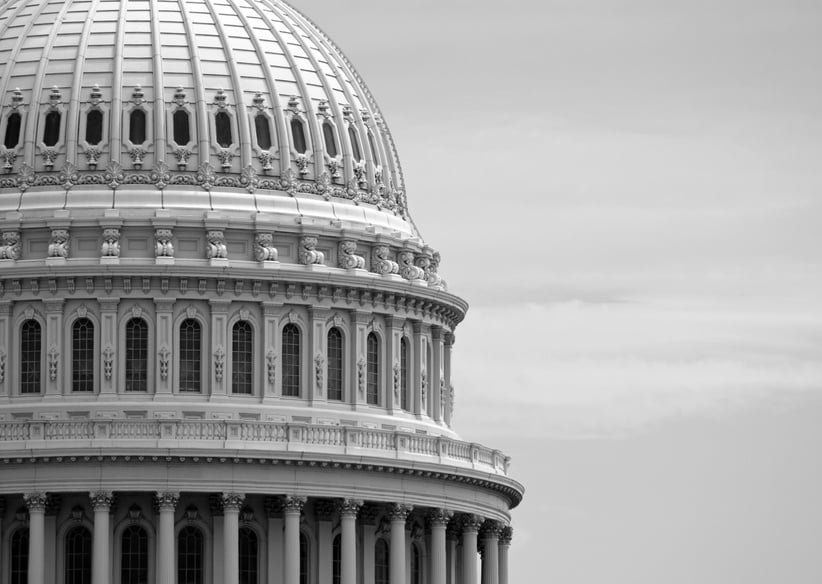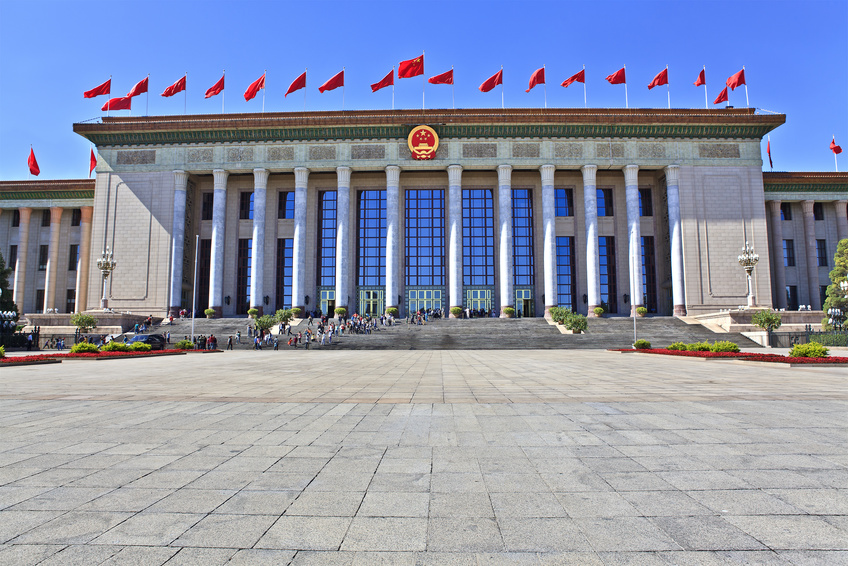In brief
On 26 November 2024, The Stock Exchange of Hong Kong Limited (SEHK) issued a new guidance letter (GL120-241) (“Guidance Letter“) to inform the market of its expectations on investigations conducted by suspended issuers and the roles of the directors and the independent investigation committees (IIC). According to the latest monthly prolonged suspension status report published by the SEHK, as at 29 November 2024, there were 57 Main Board and eight GEM issuers which have been suspended for three months or more.
Around six years ago, the SEHK established the delisting framework requiring issuers which fail to resume trading within the prescribed period (18 months for Main Board issuers and 12 months for GEM issuers) to be delisted. Issuers therefore ought to act promptly to address all resumption conditions. Resumption conditions often include conducting an independent investigation into irregularities surfaced from the audit over the issuer’s financial results. We have been regularly advising issuers and the IIC on how best to handle these investigations.
Forensic investigations are not a new step in seeking resumption of trading. The SEHK has seemingly considered it necessary to issue this Guidance Letter now in view of the common defects seen in recent investigations.
Key highlights of the Guidance Letter
Expected standards of an independent investigation
- Preservation of evidence: Upon becoming aware of a material irregularity, directors (whether or not part of the IIC) should promptly identify the issues and potentially relevant evidence (including data on electronic devices). Directors should prevent these potentially relevant evidence from being tampered with or lost. Electronic devices should not be used further or reformatted.
- Independence of the investigation: The IIC should exclude those directors who might have been involved in or aware of the irregularities at the material time. Written independence confirmations should be obtained from the IIC members. With respect to matters relating to the investigation, the IIC should not engage or seek advice from advisers who act for the issuer/its connected persons or have been involved in the transaction(s) relating to the irregularities.
- Engagement of the investigator: The IIC should select and engage an independent investigator with the necessary expertise, competence, resources and time to perform the engagement. Where potentially fraudulent activities are alleged, a forensic investigator should be engaged. The investigator is not expected to be changed without valid justification(s).
- Investigation plan and regular updates: The IIC should discuss and agree with the investigator on the investigation plan (i.e., the objectives, scope, methodology and timeframe of the investigation). If accounting irregularities are involved, the IIC should also discuss with the issuer’s auditors before formulating the investigation plan. The IIC should ensure that the investigator will provide regular updates on a timely basis.
- IIC’s assessment of investigation findings: IIC should exercise scepticism when assessing the investigation findings. It is undesirable to place excessive or unquestioning reliance on the investigator’s findings.
- Investigation report and announcement: The issuer should issue an announcement in a timely manner when the investigation report is available. In addition to a summary of the report, the announcement should state matters such as (i) the IIC’s assessment and view (e.g., whether it is an isolated/recurring incident or a systemic failure), (ii) the recommended remedial actions, (iii) all the key limitations and issues encountered by the investigator. Issuers are also expected to provide the SEHK with a copy of the investigation report as soon as practicable.
Examples of investigation defects
The Guidance Letter also provides several examples of the defects in investigations:
- Scope of investigation was not adequately defined: In some past cases, despite identifying the internal control deficiencies, the investigator had failed to identify those persons who bypassed those internal controls to effect the unauthorized transaction in question. The underlying root cause(s) should be covered in the investigation findings.
- Selection criteria was unclear: When sample testing (e.g., based on a minimum fund flow amount) is carried out, the investigator is expected to explain in the report the basis and the reasonableness of the selected sample size.
- No alternative procedures to address the investigation limitations: Limitations such as loss of records, reformatting of computer operating system and/or uncooperative parties should be adequately addressed by alternative procedures. The IIC should discuss with the investigator and auditors (where appropriate) to carry out alternative procedures.
Practical tips
We have been engaged to conduct investigations and work with many investigators, and their style, quality and responsiveness varies. Selecting the right investigator is important. We appreciate that investigation costs are often a concern. Nevertheless, engaging a wrong investigator will mean that the issuer has to make painstaking efforts and incur additional costs to remediate an inadequate investigation. More importantly, the purposes of the investigation will be defeated as it will only invite more questions. The resumption timeline will no doubt be affected. Going forward, investigations which do not meet these expected standards will likely be challenged by the SEHK. It is therefore very important to engage the right investigator at the first place.
To avoid delaying the resumption timeline, issuers, directors and the IIC should bear in mind the following:
- Seek legal advice promptly and be mindful of the need to preserve legal professional privilege.
- Carefully devise the scope and methodology of the investigation.
- Maintain regular communications with the investigator to discuss the progress of the investigation and issues/limitations that might have arisen.
- Consider extending the scope of the investigation to cover additional irregularities identified during the investigation (if any).
- Critically review the draft investigation report and be prepared to question the methodology and/or findings.
- When being challenged, all parties concerned should be ready to explain and justify the basis of the steps taken by the investigator and the investigation findings.
1 “Guidance on investigations conducted by long suspended issuers“





